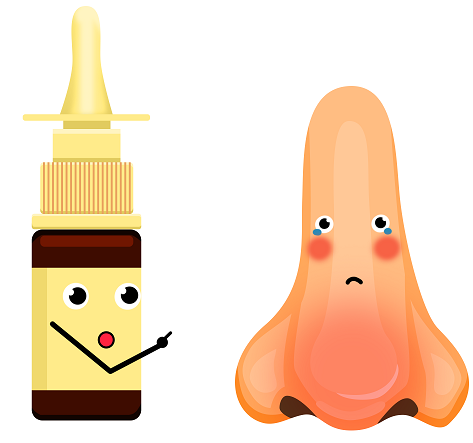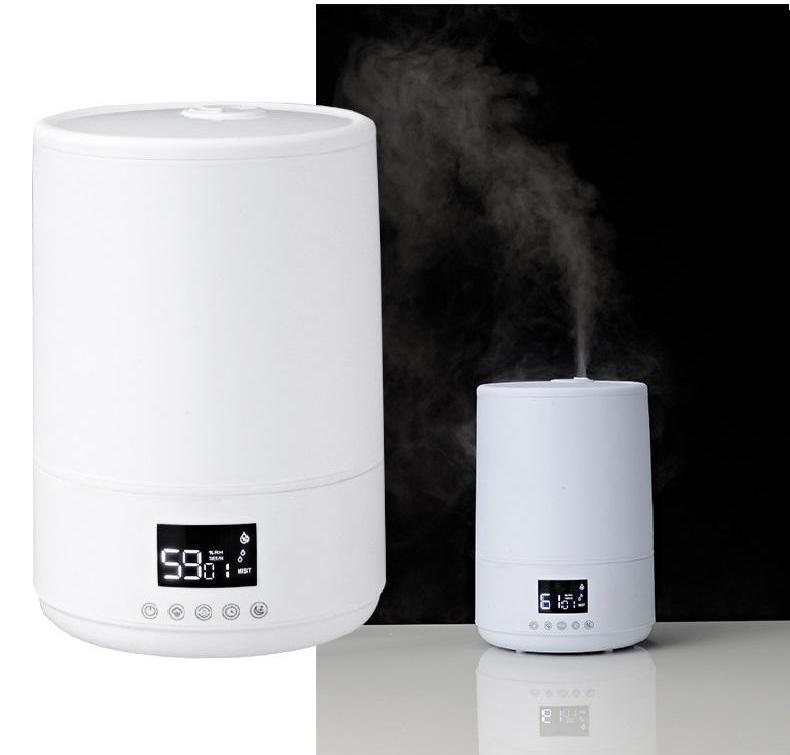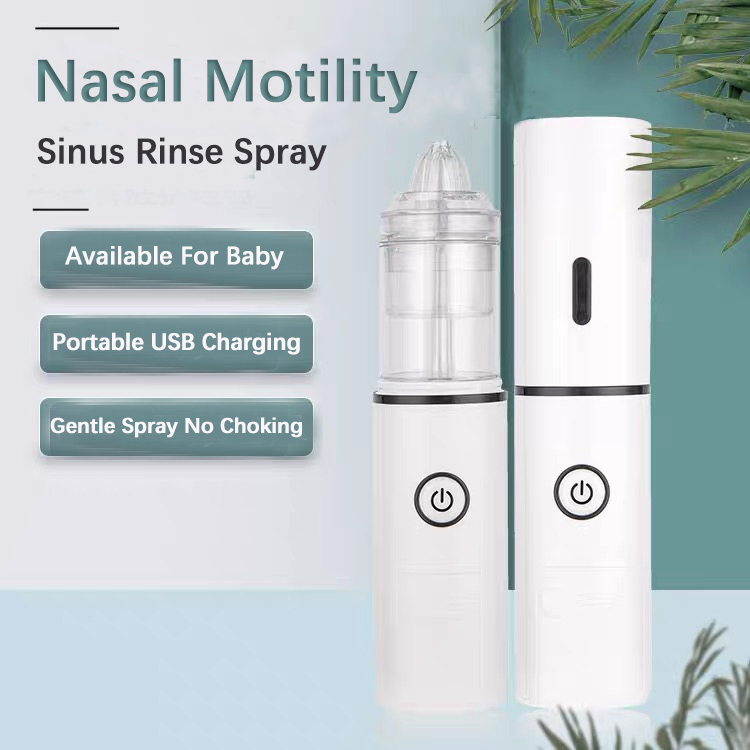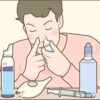
Professional nebulizers are medical devices and have certain selection criteria. The following are suggested picking parameters:
1.Particle Diameter 1-5 μm
Particle diameter determines whether the inhaled drug can be deposited where it is needed.
If the amount of aerosolized drug is 100 atomized particles.
The best compressor nebulizer the total number of particles with a diameter between 1-5um and the effective proportion is more than 60%.
The larger this parameter, the better. Only in this way can more drugs be deposited in the lungs, allowing the drugs to work more fully.
2. Atomization rate ≧0.15ml/min
The higher the nebulization rate, the faster the administration and the shorter the time required for nebulization.
The atomization rate of a best compressor nebulizer must be higher than 0.15ml/min.
If the particle diameter can be guaranteed, the child can complete the atomization quickly and efficiently.
3. Residual liquid volume ≤ 0.8 mL
The dosage of each nebulization is very small, usually 3-6 ml, the smaller the better.
If more liquid medicine remains in the medicine cup after atomization, it will cause waste.
And can not reach the dosage of each treatment, can not bring into play enough drug effect.

4. Working Noise decibels ≤ 65 dB
In fact, 40-60 decibels is almost the normal speaking voice.
And when doing atomization, children are usually shown cartoons or storytelling and listening to nursery rhymes.The Best Compressor Nebulizer can help distraction and reduce crying.
5. Working Time & Stability
The hospital-grade nebulizer can continue nebulizing 24 hours a day. Stronger stability and longer service life.
So you can use hospital-grade standards to find the best compressor nebulizer you think.
Some low-priced products need to take a break after working for a period of time. For example, if working for 20 minutes, you need to rest for 40 minutes, etc., And the stability is poor.
Brief summary of good compressor nebulizer:
- Smaller atomized particles;
- Higher effective ratio;
- Faster atomization rate;
- Continuous atomization;
- Less liquid residue after atomization;

























Recent Comments